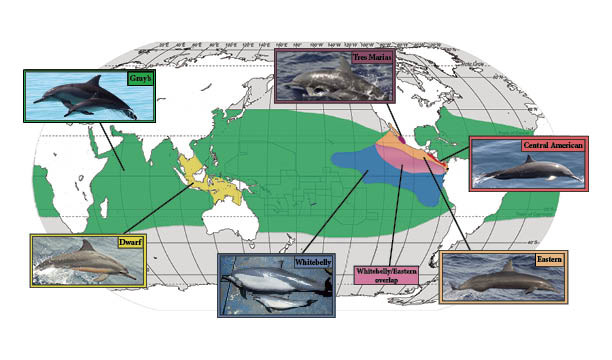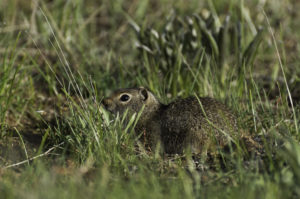Does temperature drive adaptation in redband trout?
Temperature is likely a strong evolutionary force for redband trout because they are aquatic ectotherms, which means their body temperature is highly influenced by the surrounding water temperature. This also means that redband could be particularly vulnerable to climate change. We investigated the genomic basis of adaptation to temperature for this species by comparing the genomes of fish collected across Idaho from a wide range of habitats. We found 12 genomic regions that varied in association with temperature and other ecological variables, including genomic regions known to influence migration and developmental timing in salmonids. We also estimated vulnerability of redband trout to future climate change using ecological niche modeling and genetic offset analyses. These analyses predicted substantial habitat loss and strong genetic shifts necessary for adaptation to future habitats, with the greatest vulnerability predicted for high elevation desert populations.
To read more about this work, check out our publication:
What drives phenotypic divergence in spinner dolphins?

Distribution of spinner dolphin ecotypes (adapted from Andrews et al. 2013, Fig. 1). Photo credits: Dwarf — M. T. Aquino; Gray’s — C. Vanderlip, NOAA Fisheries Permit #10137-06; Whitebelly — W. Perrin; Eastern, Tres Marias, Central American — M. Richlen.
The spinner dolphin (Stenella longirostris) species has six ecotypes that differ in morphology, habitat, and mating system, but these ecotypes are surprisingly similar across most of their genome. By analyzing large portions of the genome, however, we can find genomic regions that do differ between ecotypes, and these regions can give us insight into the evolutionary processes driving phenotypic diversification. We looked at genetic differences between ecotypes using ~9,000 genome-wide markers, and found differences for multiple genes associated with social behavior. These results provide evidence that natural selection for social behavior may have contributed to the evolution of phenotypic differences between ecotypes.
To read more about this work, check out our publications:
Are Idaho ground squirrels locally adapted to habitat patches?
Northern Idaho ground squirrels and southern Idaho ground squirrels are threatened species that occur only in central Idaho, within just a fraction of their former range. They persist in small populations in patches of meadows and rocky outcroppings within coniferous forests. We used a landscape genomic approach to evaluate whether populations are locally adapted to the unique environmental conditions of each habitat patch. We found evidence for local adaptation driven by elevation for both species, as well as by temperature and land cover for the southern Idaho ground squirrel.
To read more about this work, check out our publication:


